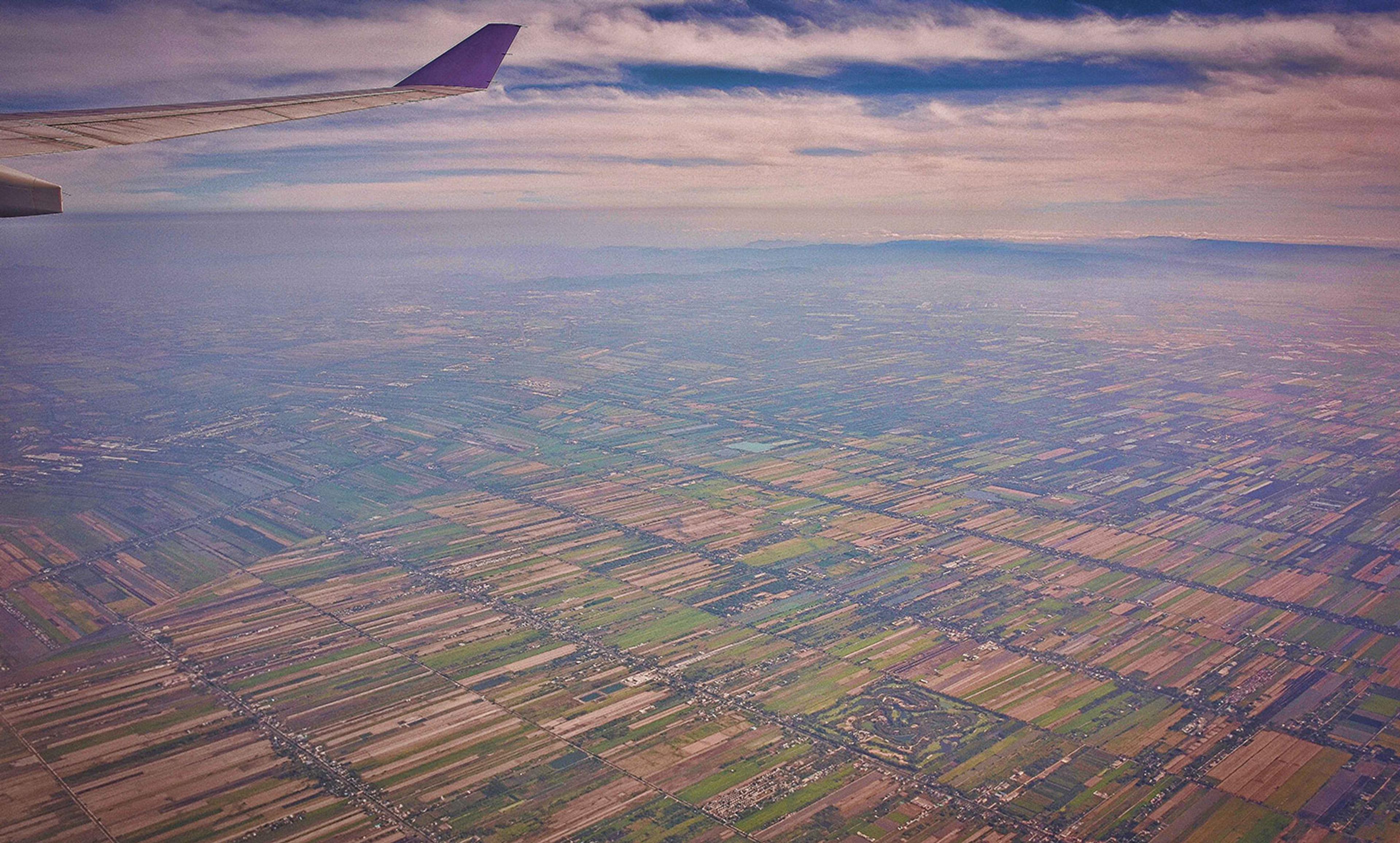Migrants disembark from Royal Navy Ship HMS Enterprise in Catania, Italy, 23 October 2016. Photo by Antonio Parrinello/Reuters
As the world’s ranks swell, population shifts have emerged as a major global challenge with potentially catastrophic implications. Endless debates over immigration rights have failed to produce the faintest hint of an acceptable solution. So perhaps an alternative approach would be to factor in an underlying basic law of chemistry. At the risk of gross oversimplification, what if we saw the flow of populations as the human equivalent of osmosis?
In high-school chemistry we learned that, in a container of water divided into two halves by a semipermeable membrane, uneven concentrations of salt resulted in movement of water from the more dilute side to the side of greater concentration. The greater the discrepancy in solute concentration, be it a salt molecule or a complex plasma protein, the greater the force to equalise the concentrations.
Now imagine the world as a giant vat subdivided into a number of smaller containers (nations) separated from each other by semipermeable membranes (borders). Instead of salt, provide each container with differing amounts of food, shelter and essential services. In this scenario, population flow from nation to nation will be a direct function of the degree of difference of goods, opportunities and hope.
This shift of populations isn’t just an ethical or metaphysical dilemma to be resolved at the level of ‘us’ versus ‘them’. It isn’t about the right to own land and enforce borders, or the relative worth of individuals versus groups. Instead, the pressures driving immigration should be seen as natural and unavoidable – like chemical reactions; from that perspective, a reduction in the gradients would be the only possible long-term solution.
Sadly, most policymakers focus on how to best perpetuate the imbalance. The most popular and immediate reaction is to increase the impermeability of the membranes separating countries. But beefed-up border security or the erection of theoretically insurmountable walls does not take into account the enormous power of desperation. As the British-Somali poet Warsan Shire has written: ‘No one leaves home unless/home is the mouth of a shark.’
The present immigration crisis could have been predicted long ago (and, perhaps, better addressed) by acknowledging that, in addition to incendiary socioeconomic disparities, future population shifts will be fuelled by two accelerating trends: the asymmetrically greater birth rate in less affluent regions of the world, and the impending migration away from areas most affected by climate change.
As the result of war, famine and disease, population growth in earlier times proceeded at a snail’s pace. It took seven centuries (from the early 9th century CE to the middle of the 16th) to double the population from 250 million to 500 million. However, in the mid-20th century, it took less than 40 years to go from 2.5 billion to 5 billion people – a growth rate of just over 2 per cent per year.
Fortunately, such rapid growth rates peaked in the early 1960s; unfortunately, the past half-century of decline in the rate of population growth hasn’t been uniform. To cite the most extreme example, the annual natural population growth rate (excluding increases due to immigration) in many European countries is now negative while, as of 2017, Sub-Saharan Africa is increasing its population at the rate of 2.7 per cent per year. At this rate, within the next decade, there will be a 30 per cent further increase in the ‘osmotic gradient’ between most of Africa and western Europe. Discrepancies in the western hemisphere are considerably less, but still significant. While birth rates in the United States and Canada are below replacement level (at which a given generation can replace itself), in 2017 the growth rate in South America and the Caribbean was approximately 1 per cent.
Even small percentage changes have wide-ranging repercussions. A 2009 demographic study points out that countries with very youthful populations rarely attain high thresholds of development. This is ominous: 90 per cent of global poverty is concentrated in countries with young, fast-growing populations. It is no wonder that large-scale migration from poor countries to richer regions of the world will be a permanent feature of the future global economy. Add in the inverse relationship between educational status and fertility rates, and you have a surefire recipe for economic disaster.
Consider Nigeria with a population of approximately 200 million and an annual population growth rate near 3 per cent. The median age of the population is less than 18 years old, with more than 40 per cent younger than 15 years old. According to the US Embassy in Nigeria, despite concerted efforts to improve educational opportunities in the country, more than one-third of the population remains illiterate; a large number of children and young adults with limited literacy and numeracy skills have little hope of ever joining the formal workforce. By 2050, Nigeria is on track to be the third most populous nation in the world.
As if these numbers aren’t scary enough, consider the compounding effect of upcoming climate change on population shifts. A 2018 report by 91 scientists from 40 countries for the Intergovernmental Panel on Climate Change has concluded that a rise of 2 degrees Celsius (equivalent to 3.6 degrees Fahrenheit) above pre-industrial levels will result in a ‘disproportionately rapid evacuation’ of people from the tropics. As Aromar Revi, one of the report’s authors, told The New York Times: ‘In some parts of the world, national borders will become irrelevant. You can set up a wall to try to contain 10,000 and 20,000 and 1 million people, but not 10 million.’ And though it was previously thought that it would take a temperature rise of 2ºC to inundate coastlines and intensify droughts and poverty, newer climate models suggest that many of these changes might occur with warming of 1.5ºC (2.7ºF).
Of course, there are myriad other factors influencing the flow of populations, but without a dramatic redistribution of goods and opportunities, as well as serious attempts to control or reduce global population and an all-out effort to restrain climate change, we can expect worldwide population shifts to only increase. The stakes are high, and the necessary measures draconian and immensely unpopular with those in charge. It is easy to divert attention by arguing over the degree and maximal location of upcoming population expansion and climate change, but cherrypicking data is beside the point. When a patient has a serious illness confirmed, it is futile to keep repeating the lab tests in hopes of a different result.
Arguments for the rights of nations to control their borders are a huge step in the wrong direction. We need to take a hard look at the disruptive dynamics of inequality. If this simple fact of chemistry (that lesser flows to greater) can’t penetrate the predominantly impermeable minds of policymakers, welcome to a world of escalating chaos.






